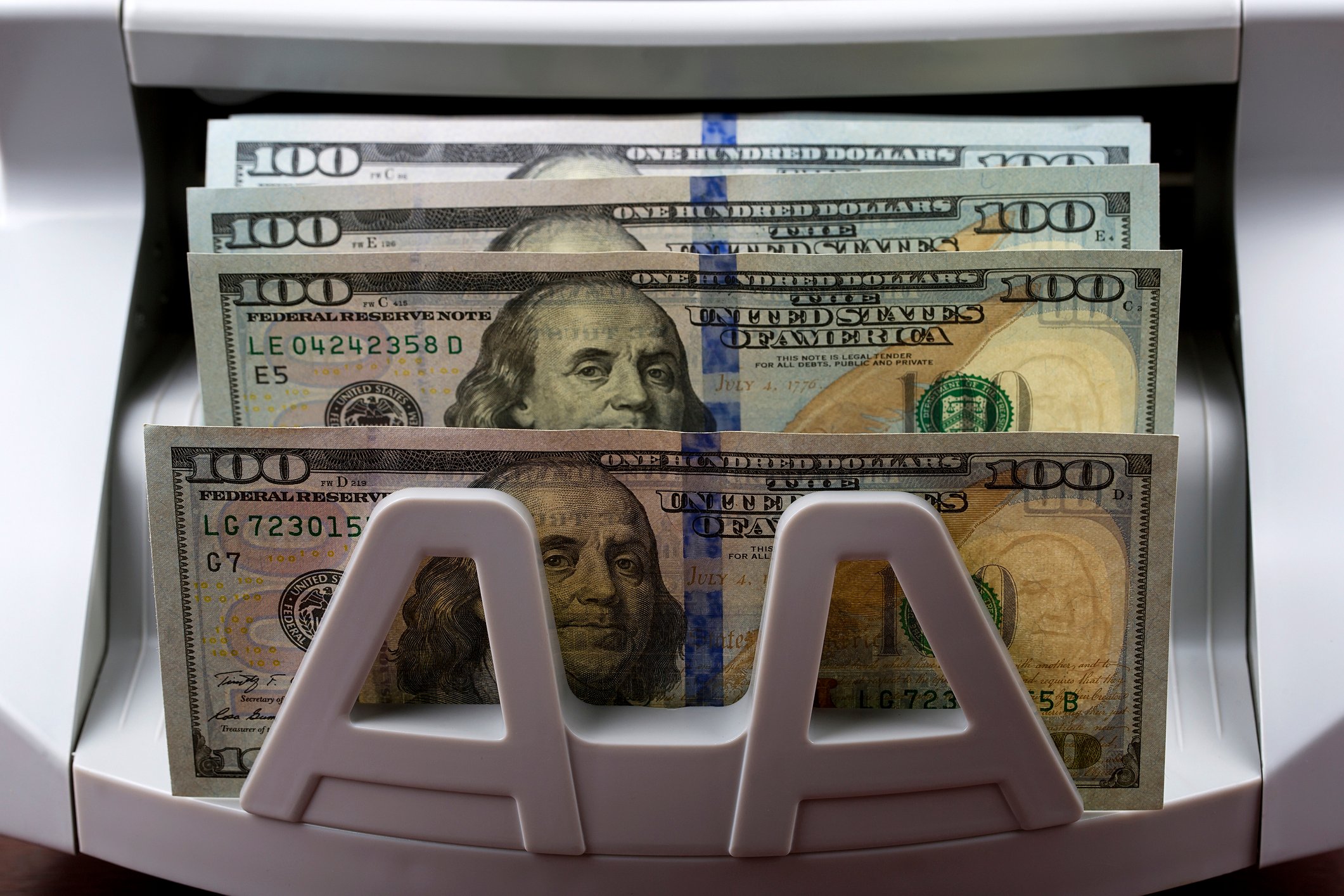In early December 2012, the Inflation-Protected Income Growth Portfolio was launched. That real-money portfolio is dedicated to finding companies that:
- Pay dividends
- Have regularly increased their dividends
- Look capable of continuing to increase their dividends
- Are reasonably priced in the market
- Have the financial strength to persevere, even during rough economic conditions
Add in a requirement for decent diversification to buffer the overall portfolio in the event of a company or industrywide failure, and it creates an incredibly high set of standards to fill. But when there's real money on the line, would you really expect anything less?
So how's it going?
Thus far, the iPIG portfolio has bought 18 stocks to fill 17 positions -- with one position built on a two-for-one special to improve nationwide coverage. About 85% of the portfolio's cash is invested, about 5% is still waiting on the stock that might get away, and around 10% is still looking for a home.
The iPIG portfolio started with $30,000, and as of Feb. 28, it was worth $31,329.50. While it's nice to see gains in the portfolio's capital base, the day-to-day fluctuations don't really mean much. Instead, the real news has been from the dividends.
As you would hope to see from a portfolio built on seeking rising dividends, several of its investments have increased their dividends since being selected and purchased. This bodes well for the iPIG portfolio's goal of building an income stream that grows at least in line with inflation over time. As mentioned in this recent article, Hasbro, Teva Pharmaceuticals, United Parcel Service, and Genuine Parts all raised their dividends since being selected.
In addition, NV Energy (NYSE: NVE) declared that its March dividend would be $0.19 a share. That move from $0.17 previously represents a nearly 11.8% increase on a percentage basis. As the dividend is still well covered by the company's earnings, it's a raise that looks like it will keep.
Electric utilities like NV Energy were traditionally viewed as "widows and orphans" stocks with reliable, predictable dividends. As Exelon investors found out when that company recently cut its dividend, times have changed. Still, the Exelon story serves as a good reminder of the importance of both diversification and assuring that the company paying the dividends has solid fundamentals backing up those payments.
What hasn't worked?
Unfortunately, not every stock in the iPIG portfolio is living up to the dream. In February, Mine Safety Appliances (MSA 0.13%) went ex-dividend on its fifth-consecutive quarterly payment at $0.28 a share. While the company has consistently paid a higher dividend every calendar year for over four decades, it hasn't consistently raised its dividend every four quarters.
As a result, that steady dividend, while disappointing, is neither out of character nor completely unexpected. So Mine Safety Appliances won't be booted from the iPIG portfolio because of that lack of an increase, but it will be watched closely for weak cash flows or other signs that its business could be faltering.
What comes next?
While the iPIG portfolio is counting on increasing dividends to meet its goals, dividends are not guaranteed payments, and you can't depend on them until they're declared. Still, iPIG selection Air Products and Chemicals (APD +0.44%) is expected to announce its dividend in March. On March 15, 2012, the company announced a dividend increase from $0.58 a quarter to $0.64 a quarter. If the company follows its pattern, there may be a nice increase coming in the next dividend.
Likewise, iPIG pick Raytheon (RTN +0.00%) is also expected to announce its next dividend in March. On March 21, 2012, the company raised its dividend from $0.43 a quarter to $0.50 a quarter. If it follows its pattern, there may be another increase coming as well. There is a risk, though, as Raytheon is a defense company that has already lowered its forecast as a result of the federal budget sequestration. That risk is yet another example of why diversification matters so very much.
Beyond the dividends, around 10% to 15% of the iPIG portfolio's capital remains in cash. Because the market has been rising recently, it has been tough to find companies that meet the portfolio's dividend, valuation, and diversification criteria. Sometimes, though, holding cash is a better answer than buying stock, and that cash can wait for the market to serve up an opportunity worth nibbling.
To follow along for new news on the iPIG portfolio, watch my article feed for details.







